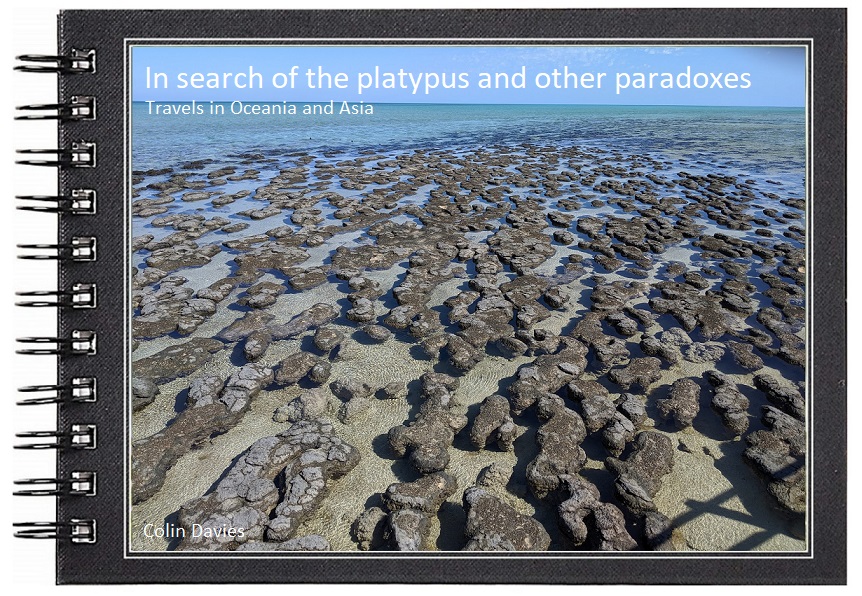In 1987 I spent two weeks camping on the remote and spectacular Hebridean island of St Kilda, an archipelago with some of the highest sea cliffs in Britain and home to one of the largest sea bird colonies in the world, with hundreds of thousands of birds. Puffins alone numbered an estimated 300,000 birds when I was there, and there was in the region of 60,000 pairs of gannets and 63,000 pairs of fulmars, to say nothing of the tens of thousands of guillemots, razorbills, kittiwakes, shearwaters and petrels. An awesome spectacle. Click here for a report from that amazing adventure (opens in a new window)!
Fast forward 31 years and this week and next I’m staying in St Kilda again, but this is about as far removed as it can get from the towering cliffs and crashing waves of the Hebridean World heritage site. The St Kilda I am calling home for the next two weeks is a suburb of Melbourne, on the face of it a nice enough place with a beach, some interesting shops and a distinctly bohemian feel with innumerable small cafes and bars. However it also has a run down tacky side and worse of sex shops, prostitutes and amusement arcades, and the huge laughing face at the entrance to the Luna Park fun fair has very unsettling look that certainly wouldn’t entice me to enter. Even more worryingly, there's an election about to take place and one of the local candidates declares on large posters that he's "the only person who can make St Kilda safe". Worrying.... Australia’s most notorious hotel is here, the Gatwick also known as the Hell Hotel, now closed but formerly the scene of murders, drug deaths and stabbings. Surely then, the only thing that these two St. Kildas can have in common is a name? Well actually no, there is something else that the two places share, the smell of guano! Sure, here in Melbourne the smell is on a much smaller scale, but it is here non-the-less, if you get yourself down to St. Kilda pier. The breakwater rocks right at the end of the pier are home to a small colony of little penguins and their remarkably guillemot like guttural calls combined with that wonderful smell takes me right back to those mighty sea cliffs on the opposite side of the world in the North Atlantic ocean.
I’m not sure how many pairs of little penguins breed here, but I’ve seen about 30 birds so far. Visit the place during the day and the only evidence of any birds being present are the white guano stains on the rocks, you need to be here at dusk if you want to find the culprits, the creatures which left this natural graffiti.
As dusk approaches, you might see a few heads appear in between the rocks, but it's not until perhaps 15 minutes after sunset that the first penguins fully venture out, standing on rocks no more than 2m from an admiring audience. Another 15 minutes passes and suddenly somebody spots penguins swimming through the water towards the rocks. These are the birds which have been out fishing all day, perhaps up to 45km offshore, an incredible distance for a bird which can’t fly. They belly flop ashore and waddle across the beach, past an admiring crowd of onlookers and make their way to their homes amongst the rocks, calling to their mates as they go, announcing their arrival home. Meanwhile the birds which have been at home all day and have not been fishing now take their turn on the sea. By now it’s almost completely dark, but the pier has lights right up to the colony and though photography is difficult (flash lights strictly prohibited), you still get a great view of the birds.
Also here, an endemic Australian mammal, the rakali or water rat, which swims through the green sea grass at dusk. It has a distinctive white tip to the tail and is in no way related to true rats, hence the preferred use of the indigenous name rakali.
These were my first penguins of any species and what a great little bird they are. Oh, and the two St. Kildas do share one other thing in common. They both take 24 hours of travelling to reach.
A little penguin arrives back at the colony after a days fishing out at sea.















No comments:
Post a Comment